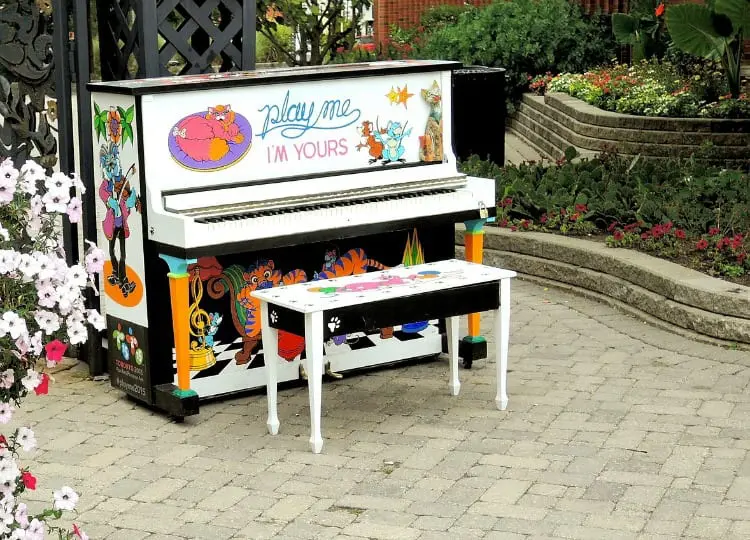12 Creative Ways To Make Learning Fun At Home

Learning at home can be challenging, especially for parents who want to keep their children engaged and motivated. However, with creativity and imagination, you can turn learning into an enjoyable and rewarding experience. The importance of play-based learning cannot be overstated, as it helps children develop cognitive, physical, and social-emotional skills in a fun and interactive way.
- Create a dedicated learning space: Set up a cozy and inviting area in your home specifically designed for learning. This space should be free from distractions and clutter and stocked with engaging materials like books, puzzles, art supplies, and educational toys. Make it a comfortable and welcoming environment where your child feels excited to learn.
- DIY educational games: Acknowledging the importance of play-based learning is fundamental, as it not only fosters an enjoyable learning environment but also cultivates essential skills and competencies vital for children’s holistic development. You can get creative and make your educational games using materials readily available at home. For instance, you can create a sight word or vocabulary board game using index cards and dice or craft a math game using bottle caps as counters. Involving children in the creation process enhances their sense of ownership and engagement with the learning activity.
- Incorporate STEM activities: Science, Technology, Engineering, and Mathematics (STEM) activities are not only educational but also incredibly fun. Encourage your child to build structures with blocks or Lego, conduct simple science experiments, or explore coding and robotics with age-appropriate tools. These hands-on activities help children develop problem-solving skills and foster a love for learning.
- Explore virtual field trips: With the power of technology, you can take your child on virtual field trips to museums, zoos, and other educational destinations without leaving the comfort of your home. Many cultural institutions offer virtual tours, live webcams, and interactive exhibits that allow your child to explore and learn about different topics engagingly.
- Make reading interactive: Reading is a fundamental part of learning, but it doesn’t have to be boring. Turn reading time into an immersive experience by incorporating voices, props, and costumes. Act out book scenes, create backdrops for different settings, or use puppets to bring characters to life. This approach will improve your child’s reading comprehension and foster a love for storytelling.
- Incorporate music and movement: Learning doesn’t have to be sedentary. Incorporate music and movement into your child’s learning routine by creating educational songs and dances to help them remember concepts. You can also encourage them to perform skits, act out scenes from books, or create their dance routines to reinforce what they’ve learned.
- Gamify learning: Turning learning into a game can be a highly effective way to keep your child engaged and motivated. Create educational board games, trivia quizzes, or scavenger hunts around the house to make learning fun and interactive. You can also explore educational apps and websites that use gamification techniques to teach various subjects enjoyably.
- Encourage creativity and imagination: Learning can happen through creative expression. Provide your child with materials like markers, paints, clay, and other art supplies to create projects related to their learning. Encourage them to write stories, compose songs, or design their board games based on the concepts they’ve covered. This approach will reinforce their understanding and nurture their creativity and imagination.
- Embrace hands-on learning: Children learn best when they can engage all their senses. Incorporate hands-on activities that allow your child to explore concepts through touch, sight, sound, and movement. For example, create a sensory bin filled with materials related to a specific topic or use tactile objects to teach mathematical concepts like sorting, counting, and measuring.
- Connect learning to real-life experiences: Make learning more relevant and relatable by connecting it to real-life situations. For instance, if your child is learning about money, involve them in budgeting and family activities like shopping. If they’re studying plant life, grow a small garden together and observe the process. By linking learning to practical applications, you’ll help your child understand the importance of what they’re learning and how it relates to their world.
- Interactive scavenger hunts: Hide educational clues or objects around the house and create a scavenger hunt for your children to solve. Incorporate riddles, puzzles, or math problems that they need to decipher to find the next clue. Not only does this activity promote critical thinking and problem-solving skills, but it also adds an element of adventure and excitement to learning.
- Create a themed learning day: Designate a day of the week for a specific theme, such as “Science Sunday” or “Math Monday.” Plan activities, experiments, and games related to the theme to make learning more immersive and exciting. For example, on Science Sunday, conduct simple science experiments using household items, or play math-related games like Sudoku or Math Bingo on Math Monday.
Final Thoughts
Make it a family affair: Learning can be even more fun when it’s a shared experience. Involve the whole family in educational activities like family trivia nights, book clubs, or art projects. This approach creates a supportive learning environment, strengthens family bonds, and encourages a love for lifelong learning.
Similar Posts:
- None Found








